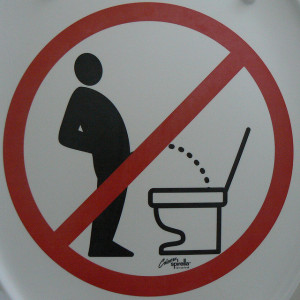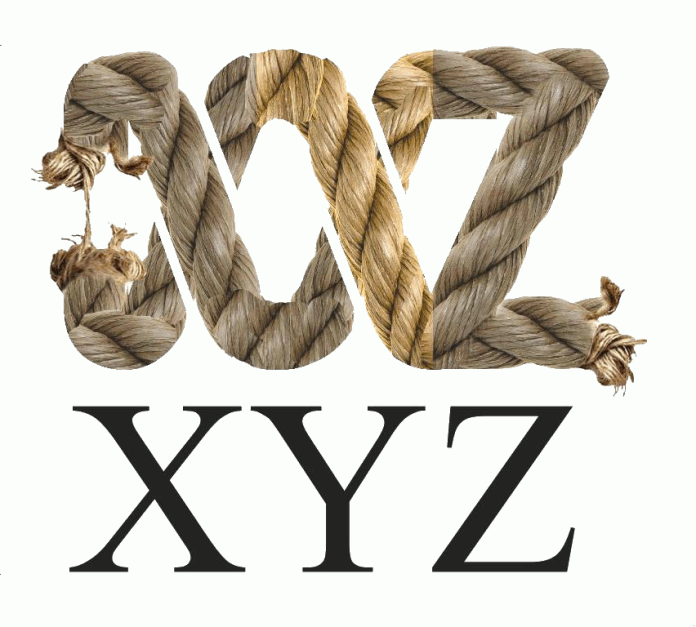 This week I am posting Part Two of my article Don’t Teach Manhood – Teach It! responding to this article I read recently which attempted to argue that masculinity is a “poisonous” process which “kills men.”
This week I am posting Part Two of my article Don’t Teach Manhood – Teach It! responding to this article I read recently which attempted to argue that masculinity is a “poisonous” process which “kills men.”
In part one I argued that while society does present counterfeit ideas of manhood and womanhood, that does not mean that no genuine conceptions exist. Moreover, counterfeit ideas may now be flourishing because we are failing to provide the authentic, genuine conceptions.
This week I am making the more difficult (but also more interesting!) case that notions of Manhood and Womanhood, Femininity and Masculinity, are valuable for our development and can help deal with the crises of identity facing my generation. Picking up on things from last week:
“I certainly don’t believe that in order to be a woman I have to be super-skinny or “an unattainable balance of virginal and f**kable” (thanks to the author of the article above for that lovely phrase) – that’s a flawed conception of womanhood.
But it does not then follow that no genuine or healthy conception of womanhood exists.”
In a similar way, much of the suffering of men in our culture relates to a failure to mature. We need to take seriously observations around the early treatment of boys, and I am certainly not in favour of “emotionally shortchanging boys.”
But I must disagree with the author that “Alcoholism, workaholism and violence” are the result of having notions of masculinity and manhood – they are rather a failure of young men to mature appropriately into adulthood. Women (most of the time) have a sense of what it means to be a woman, but I have learned that many men do not. Men are facing a crisis of both character development and identity. As C.S. Lewis wrote in the Abolition of Man,
‘We make men without chests and expect from them virtue and enterprise. We laugh at honor and are shocked to find traitors in our midst.’
However laudable the impulse to avoid straight-jacketing men into narrow patterns of gender, we cannot solve what are fundamentally problems of development by removing notions of masculinity and manhood. We solve them by teaching boys and men what it actually means to be good, well-rounded, noble, and honourable men, and by providing rites and social symbols that mark the steps along the way.
Unlike the article which wants to (1) deny that there are any inherent sex-related differences, and (2) rip the entire concept of manhood and womanhood from our lexicon and indeed our lives, I suggest that much of the suffering experienced by my generation could be alleviated by speaking more about manhood and womanhood.
No, this does not mean I want to ‘send women back to the kitchen.’ I’m definitely not suggesting we revert to 50’s stereotypes for they too would be hopeless and ultimately lifeless counterfeits. But I am suggesting that my generation (many of us made cynical by the relational breakdowns of our parents and mentors), is groping for authentic forms of adulthood, and without examining the archetypal concepts of masculinity and femininity, we will continue to flounder. As Professor Peter Kreft has insightfully said,
“We rightly reject stereotypes, because they are artificial, they are invented by society. Society’s greatness is creativity: It changes, it improves. But archetypes are built into the nature of things. Masculinity and femininity are archetypes. Archetypes are inescapable, just as the air and the light and darkness are inescapable, because they are part of the cosmos.”
I realise that those who reject any distinctiveness to men and women will struggle with parts of this, and I am very aware that there are always people who sit towards the ‘end of the bell curve’ so to speak. In a number of ways, I myself have ‘edgy’ or less common traits – And that is completely fine and to be expected. This is not about superficial characteristics like how often he shaves or whether she feels comfortable in a dress. But nor does it mean we cannot or should not be making any distinctions whatsoever.

And to actively refuse to do so, as Masculinity is Killing Men is advocating, ignores the connections between the development of our bodies and the development of our character. Failing (or worse refusing) to equip young people with the archetypal concepts of masculinity and femininity, is dangerously likely to result in negative outcomes for both men and women. Masculinity is Killing Men wants to save men from violence, abuse and suffering, but their ‘solution’ may well entrench the very problems they are trying to eradicate.
Speaking as a woman, I need to see good images of women around me – I need women (and stories of women) I can look up to and whose lives can stir me to grow into myself. But I also need good men around me. And as we utilise the insights of history, philosophy and nature (dare I add, Religion?) and search for authentic expressions of manhood and womanhood, like companion planting Basil and Tomatoes together, each gender helps the other in the critical process of growing into ourselves.
I’m not talking about the half-developed, violent, alcoholic, workaholics which the author suggests is the product of gendered upbringing. But the noble, healthy, honourable, self-aware men, of which the world is in desperate need.
Manhood and Womanhood, Masculinity and Femininity are “built into the nature of things” and cannot be excised from our societies or ourselves. Any attempt to do so results in the damaging fragmentation and confusion of competing counterfeit conceptions. Though many try to dismantle or erase them, manhood and womanhood are intimately connected to our development, the relationships we have with our gender, and more broadly the telos of our human life itself. So don’t ditch Manhood – Teach it.










